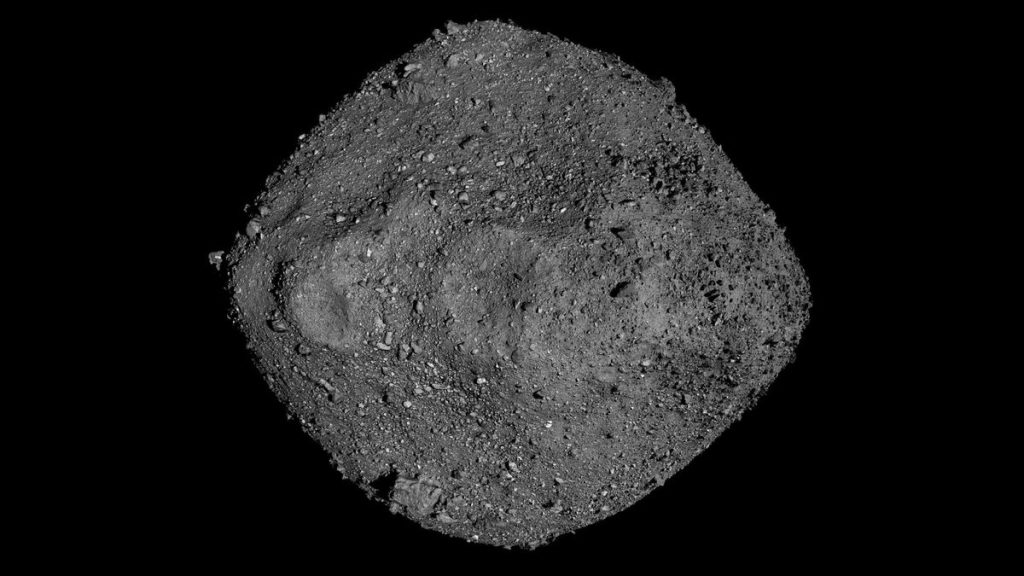
Astronauts could mine asteroids for food someday, scientists say (Image Credit: Space.com)
Material harvested from asteroids could be used to sustain astronauts during long-duration space missions.
Researchers from Western University’s Institute for Earth and Space Exploration have identified a way to produce edible biomass, aka food, using microbes and the organic compounds found in asteroids. Their proposed process addresses the issue of how to pack enough food for future missions to the outer reaches of the solar system — or even beyond.
“To deeply explore the solar system, it will be necessary to become less reliant on the resupply tether to Earth,” the researchers said in the study, which was led by Eric Pilles.
Currently, crew on the International Space Station (ISS) rely on resupply missions from Earth, which is costly and logistically complicated. Farming in space, although possible, is also complex. That’s why the researchers suggest a more local source of food: space rocks.
Related: What will happen in spaceflight over the next 25 years?
Their solution requires using high heat to break down the organic compounds found in asteroids in oxygen-free environments — a process known as pyrolysis. The resulting hydrocarbons could then be fed to microbes that would consume the organic material and produce biomass of nutritional value to humans, according to the study.
The researchers focused on a specific type of asteroid called carbonaceous chondrites, which contain up to 10.5% water and substantial amounts of organic matter. This includes asteroids like Bennu, which NASA‘s OSIRIS-REx mission visited in 2018 to collect samples from. That mission returned pieces of the space rock to Earth in September of 2023 for scientific research.
However, before working with actual asteroid samples, the current study calculates the potential food yield that could be produced using the suggested methods as well as how much asteroid material would be needed in total to yield those amounts.
In short, the researchers estimate that asteroids like Bennu could be used to produce about 50 to 6,550 metric tons of edible biomass with enough calories to support between 600 and 17,000 astronaut life years. The minimum is based on only aliphatic hydrocarbons being converted into food, whereas the maximum requires all insoluble organic matter to be used.
Therefore, mining asteroids could theoretically revolutionize long-duration space travel by allowing astronauts to rely on locally sourced food instead of needing to launch with large quantities from Earth. However, further studies will need to look at how asteroids would be mined and processed during such missions and if the resulting food is even fit for consumption and palatable.
“Based on these results, this approach of using carbon in asteroids to provide a distributed food source for humans exploring the solar system appears promising, but there are substantial areas of future work required,” according to the study.
Their findings were published Oct. 3 in the International Journal of Astrobiology.





